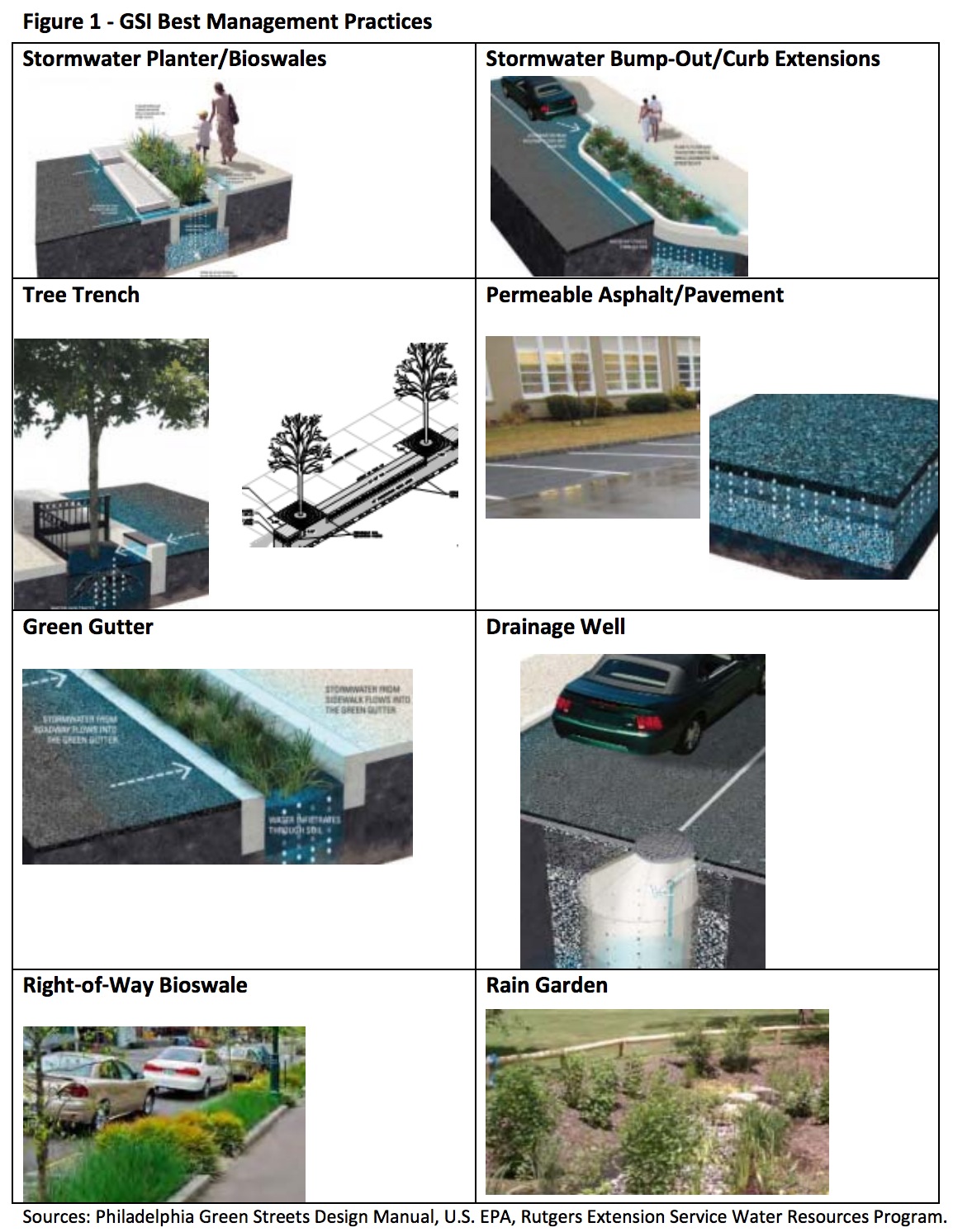
Clean water is vital to public health, environmental and social well-being, and economic development. One of the most important elements in maintaining clean water in urban areas involves a system of sanitary sewers that direct wastewater to treatment before it is released into surrounding streams, rivers, lakes or oceans. This responsibility largely falls to local governments. Most large urban areas in New York State are served by municipal sewer systems, many of which commingle the water from rain and snow melt (“stormwater”) with the wastewater from homes and businesses in “combined sewer systems.” The flows from combined sewers can overwhelm treatment systems and have a harmful impact on the environment.
View this complete post...





















 RSS Feed
RSS Feed